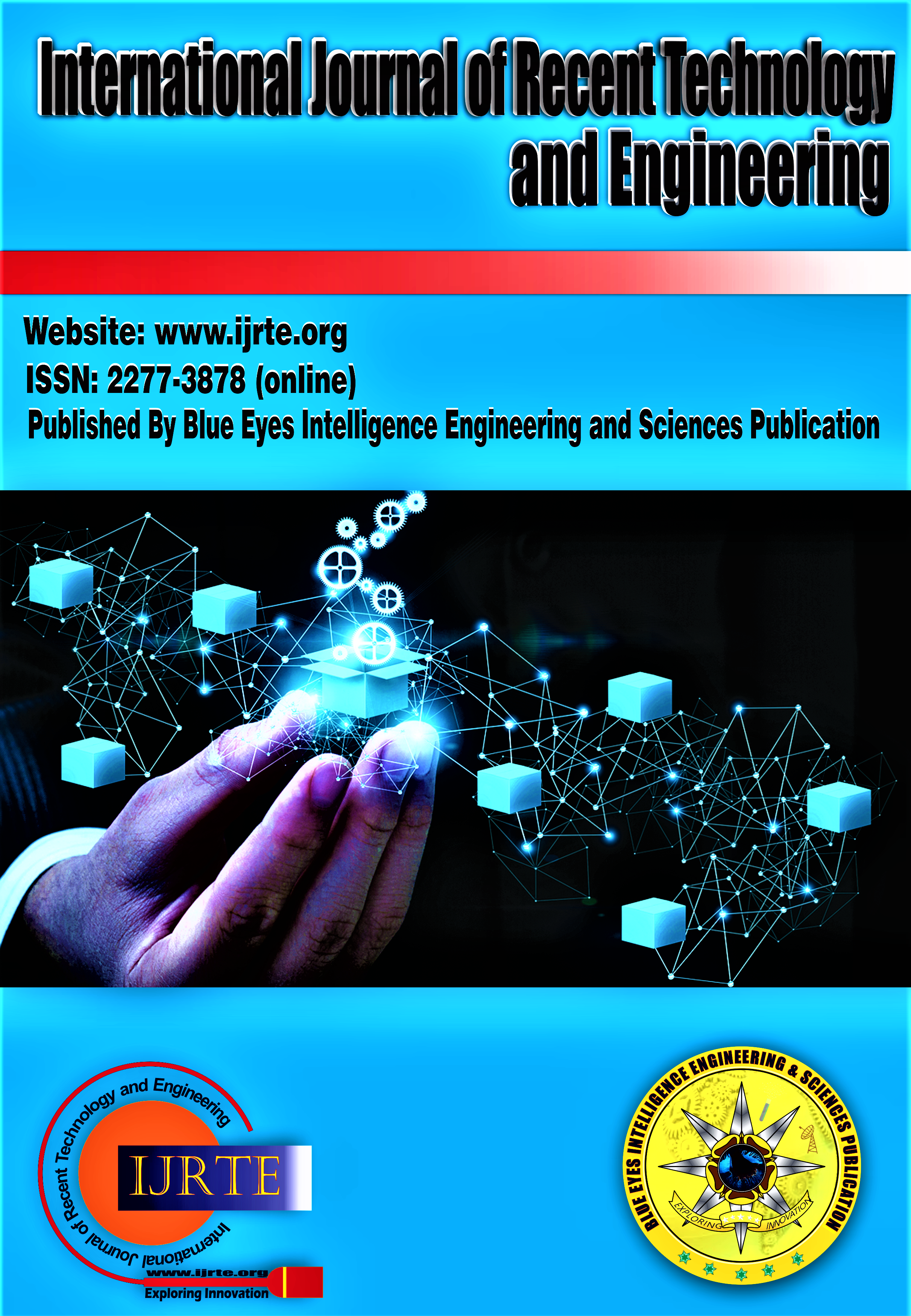Hybrid Phishing Detecting with Recommendation Decision Trees
Main Article Content
Abstract
Phishing is performed by trying to trick the victim into accessing any computing information that looks original and then instructing them to send important data to unrestricted/unwanted private resources. For prevention, it is essential to develop a phishing detection system. Recent phishing detection systems are based on data mining and machine learning techniques. Most of the related work literature requires the collection of previous phishing attack logs, analyzing them creating a list of such activities, and blocking traffic from such sources. However, this is a cumbersome task because the data size is very large, continues changing, and is dynamic in nature. [1]. Instead of using a single algorithm approach, it would be better to use a hybrid approach. A hybrid approach would be better at mitigating phishing attacks because the classification of different formats of data is handled; whether the intruder wants to use images or textural input to gain into another user system for phishing. Hybrid recommendation decision trees enhance any of the machine learning and deep learning algorithms' performance. The decision path of the model followed a series of if/else/then statements that connect the predicted class from the root of the tree through the branches of the tree to detect true positives and false negatives of phishing attempts. 10 decision trees were considered and used the features to train the recommendation decision regression model. The developed hybrid recommendation decision tree approach provided an overall true positive rate of the model of 92.28 % and a false negative rate is 7.4%.
Downloads
Article Details
Section

This work is licensed under a Creative Commons Attribution-NonCommercial-NoDerivatives 4.0 International License.
How to Cite
References
P. S. Gayke, S. Kardile, N. Dongare, S. Pathare, and P. Sakat, “Spammer Detection and Fake User Identification in E-Commerce Site,” vol. 9, no. 7, pp. 22–25, 2021. https://doi.org/10.26438/ijcse/v9i7.2225
P. Priyadevi and V. Lalithadevi, “An Efficient and Usable Client-Side Phishing Detection Application,” no. 2, 2018.
C. Natalino, A. Udalcovs, L. Wosinska, O. Ozolins, and M. Furdek, “Spectrum Anomaly Detection for Optical Network Monitoring Using Deep Unsupervised Learning,” IEEE Commun. Lett., vol. 25, no. 5, pp. 1583–1586, 2021, doi: 10.1109/LCOMM.2021.3055064. https://doi.org/10.1109/LCOMM.2021.3055064
V. R. Reddy, C. V. M. Reddy, and M. Ebenezar, “A Study on Anti-Phishing Techniques,” no. 1, pp. 30–36, 2016.
H. K. N. G, G. Pooventhiran, and K. R. D, “Landslide Type Prediction using Random Forest Classifier,” no. 2, pp. 7–11, 2020.
S. Khatana and A. Jain, “Malware Detection Using the Behavioral Analysis of the Web-based Applications and User,” Int. J. Comput. Sci. Eng., vol. 7, no. 5, pp. 1026–1031, 2019, doi: 10.26438/ijcse/v7i5.10261031. https://doi.org/10.26438/ijcse/v7i5.10261031
S. Bansal and A. Singh, “Machine learning in the prediction, determination and further study of different cyber-attacks,” no. 10, 2019. https://doi.org/10.26438/ijcse/v7i10.2736
P. Re-identification, H. Xie, Y. Zhou, and Q. Liu, “Deep Learning Feature Representation Applied to Cross Dataset,” no. 2, pp. 1–11, 2018. https://doi.org/10.26438/ijcse/v6i2.111
R. V Kotawadekar, A. S. Kamble, and S. A. Surve, “Automatic Detection of Fake Profiles in Online Social Networks,” no. 7, 2019. https://doi.org/10.26438/ijcse/v7i7.4045
R. R. Biradar and G. S. Nagaraja, “Anomalous Traffic Detection System for Enterprise using Elastic Stack with Machine Learning,” vol. 9, no. 6, 2021. https://doi.org/10.26438/ijcse/v9i6.1318
A. Kulkarni, “Credit Card Fraud Detection Using Random Forest and Local Outlier Factor,” Int. J. Res. Appl. Sci. Eng. Technol., vol. 7, no. 4, pp. 1170–1175, 2019, doi: 10.22214/ijraset.2019.4209. https://doi.org/10.22214/ijraset.2019.4209
P. Raj and M. Mittal, “Detection of Phishing URLs using Bayes Net and Naïve Bayes and evaluating the risk assessment using Attributable Risk,” no. 5, 2018. https://doi.org/10.26438/ijcse/v6i5.750755
P. Saklecha and J. Raikwar, “Prevention of Phishing Attack using Hybrid Blacklist Recommendation Algorithm,” no. 6, pp. 188–191, 2018. https://doi.org/10.26438/ijcse/v6i6.188191
N. S. Reddy and V. K. M, “Review Paper Detection of E-Banking Phishing Websites,” no. 14, pp. 49–52, 2019. https://doi.org/10.26438/ijcse/v9i7.5359
H. Agrawal and R. R. Singh, “An Ensemble Approach for Detecting Phishing Attacks,” vol. 9, no. 7, 2021. https://doi.org/10.35940/ijitee.H6540.069820
Mabuni, D. (2020). A Novel Impurity Measuring Technique for Decision Tree Learning in Machine Learning. In International Journal of Innovative Technology and Exploring Engineering (Vol. 9, Issue 8, pp. 506–512). https://doi.org/10.35940/ijitee.h6540.069820
Panhalkar, A. R., & Doye, D. D. (2020). Improving Decision Tree Forest using Preprocessed Data. In International Journal of Recent Technology and Engineering (IJRTE) (Vol. 8, Issue 6, pp. 4457–4460). https://doi.org/10.35940/ijrte.f8136.038620
Assegie, T. A. (2021). K-Nearest Neighbor Based URL Identification Model for Phishing Attack Detection. In Indian Journal of Artificial Intelligence and Neural Networking (Vol. 1, Issue 2, pp. 18–21). https://doi.org/10.54105/ijainn.b1019.041221
Joshma K J, & Sankar P, V. (2024). Phishing Website Detection. In Indian Journal of Data Mining (Vol. 4, Issue 1, pp. 38–41). https://doi.org/10.54105/ijdm.a1642.04010524
Dawood, M., Ibrahim, O. B., & Abu-Ulbeh, W. A. R. A. (2019). Enrich Awareness of Users to Detect Phishing Websites. In International Journal of Engineering and Advanced Technology (Vol. 8, Issue 6s3, pp. 648–650). https://doi.org/10.35940/ijeat.f1119.0986s319





